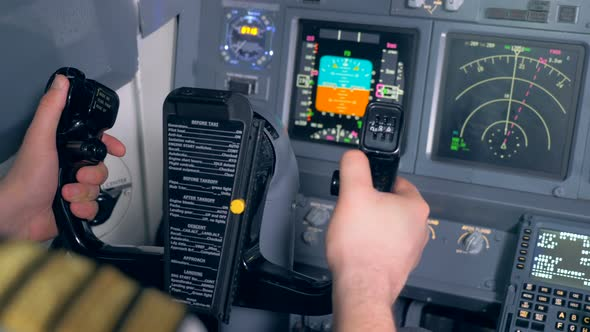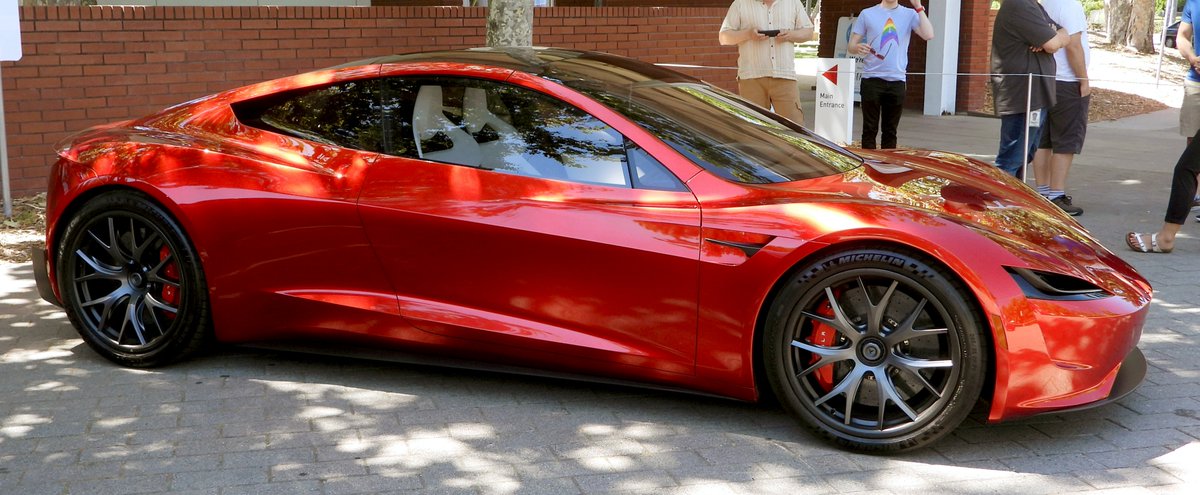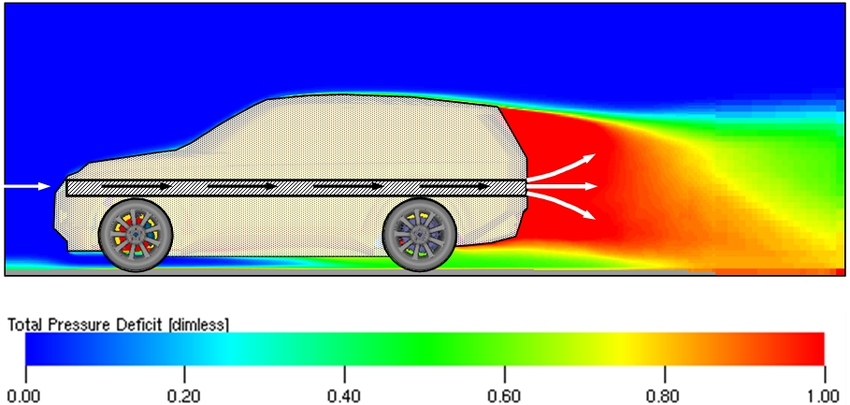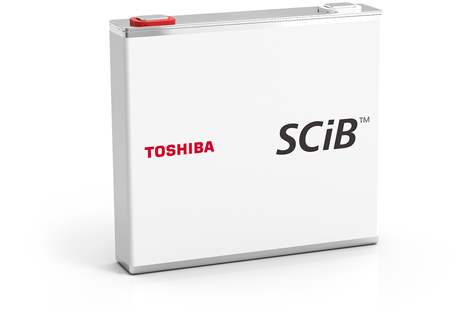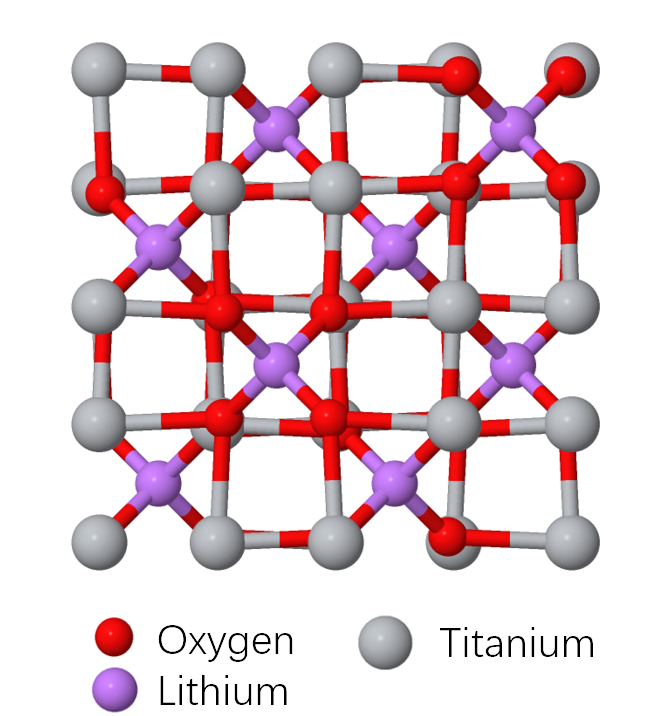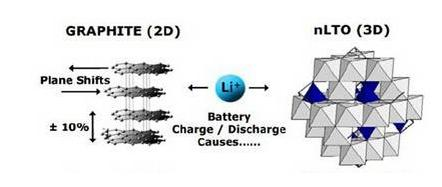
A friendly old man lives near me and occasionally comes up to chat. Earlier this year we idly started talking about the stock market and I mentioned how well $TSLA had performed and why I think the company was so promising. Just idle chit chat.
Fast forward to the other day. I..
Fast forward to the other day. I..
... am outside working on my greenhouse-trailer and he comes up to chat. He brings up Tesla again, and mentions that the price was down to $600. I smile and mention that one who invested at orders of magnitude lower prices hardly loses sleep over these sort of swings. Then...
...he seemed a little nervous and informs me that, based on what I had told him in our previous chat, he had bought $TSLA at $800, only to see it crash (I had no idea he was thinking about investing).
This is a guy who has never even heard of Model Y or Cybertruck. No clue...
This is a guy who has never even heard of Model Y or Cybertruck. No clue...
...about FUD, about TSLAQ, any if it. I tekl him that this happens a lot, doubt followed by a "Oh my God, they did it!" spike, and one shouldn't panic sell or FOMO buy. He still sounded nervous, though.
Given these recent quarterly numbers, I look forward to our next chat. :)
Given these recent quarterly numbers, I look forward to our next chat. :)
@threadreaderapp unroll
• • •
Missing some Tweet in this thread? You can try to
force a refresh





